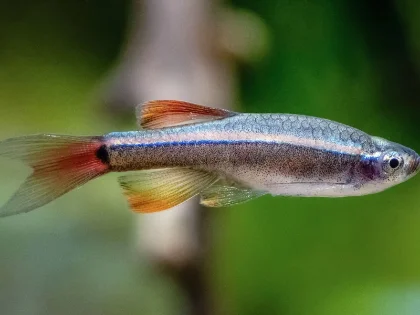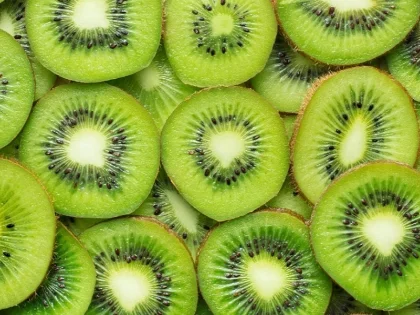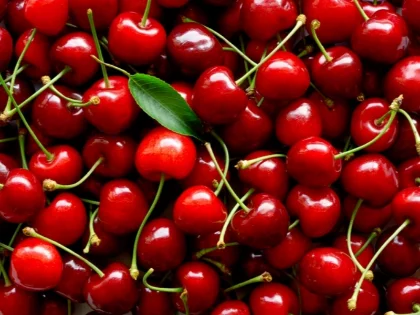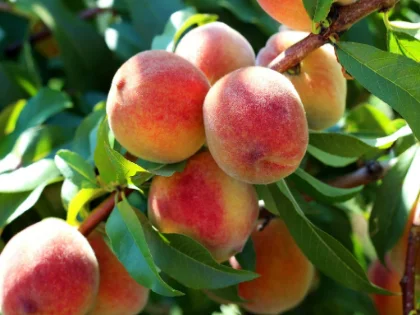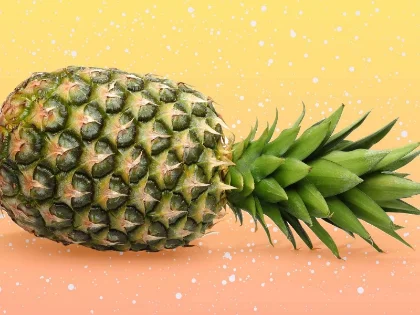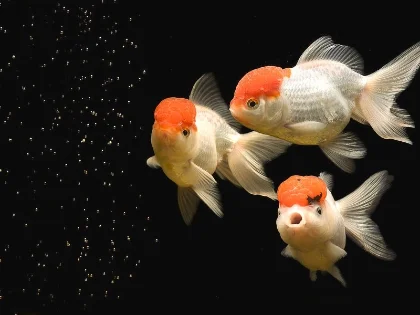Although the water's temperature might not seem like much, it has a direct impact on your aquarium's other chemical and physical characteristics. This makes it a crucial component to take into account.
It's not advisable to use distilled water in your goldfish tank since it takes out a lot of the minerals that are essential for healthy growth. The optimum use case for distilled water is to replenish tanks that have lost water due to evaporation.
The temperature
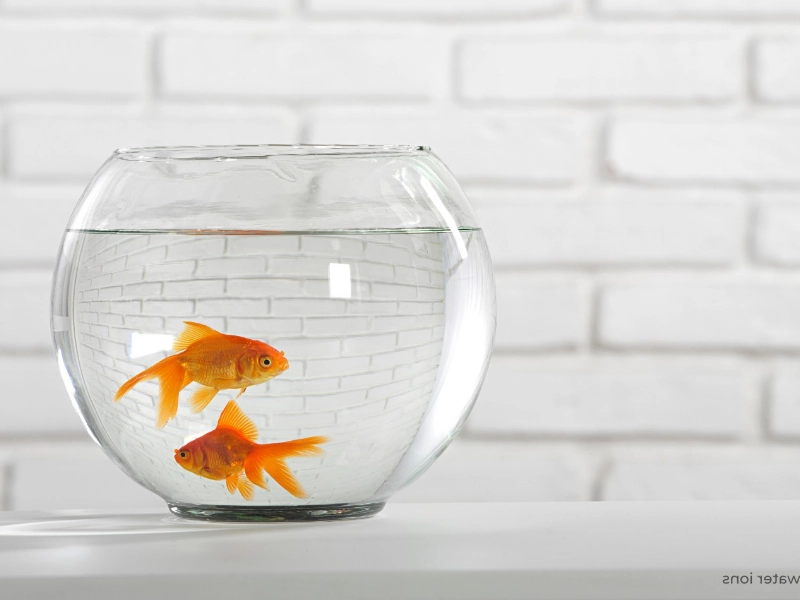
Advertisement
Your goldfish's environment's water temperature can have an impact on their health. Overheating the water can cause various health issues, including bladder illness. This is due to the fact that water loses oxygen as it gets warmer.
The ideal water temperature for goldfish is between 68 and 74 degrees Fahrenheit. A fish tank thermometer can be used to keep an eye on this. By doing this, you can keep the fish from experiencing shock when you alter the water's temperature.
The water temperature of goldfish can occasionally be changed, though, such as in the spring when it is lowered to promote reproduction or briefly raised to treat illnesses. To prevent the fish from going into shock, you should make these adjustments gradually.
pH
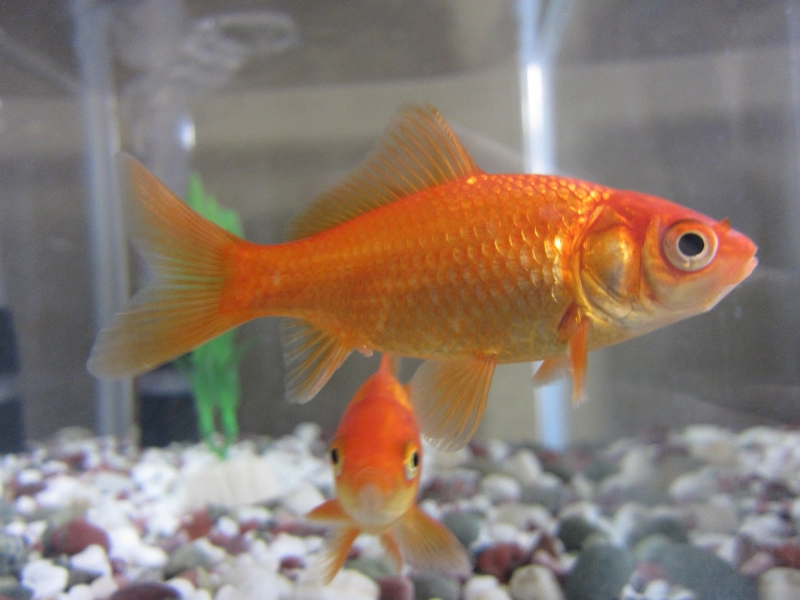
A steady PH level is necessary for goldfish. Like many fish, they'll get sick very rapidly if the water chemistry changes abruptly. Because a PH scale is logarithmic, every step from 7.0 to a higher or lower value is ten times more acidic or alkaline than the one before it.
The diet of a goldfish should consist of premium flake or pellet food designed especially for goldfish. Another way to maintain the proper pH balance in your goldfish tank is to add one tablespoon of sea or aquarium salt for every five gallons of water.
As grazing fish, goldfish will dig in the gravel to find food. Food scraps that float on the surface of their tank are also a treat for them. It's crucial to remember this and to give them little meals throughout the day.
Ammonia
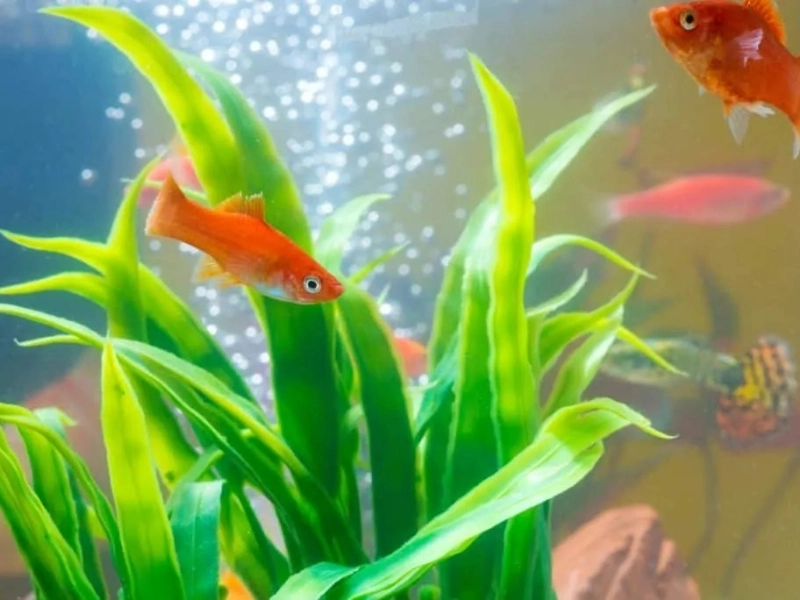
Ammonia is the waste product that goldfish create. It can accumulate in a tank without proper filtration or water changes because it is secreted by the fish.
Additionally, certain live plants in the tank or decomposing food can produce ammonia. Although ammonia does not harm goldfish in small amounts, they do have a high tolerance for it.
Your tank's Nitrosomonas bacteria will change the ammonia into nitrite, which is less poisonous than ammonia but still harmful nonetheless. The bacteria Nitrobacter subsequently transforms nitrite into nitrate, which is even less harmful than ammonia.
Ammonia and nitrate will be eliminated from the tank through routine water changes. Steer clear of soapy water to avoid killing off some of the good bacteria in the tank. Rather, purchase a water conditioner from your nearby pet supply store.
Antegrade
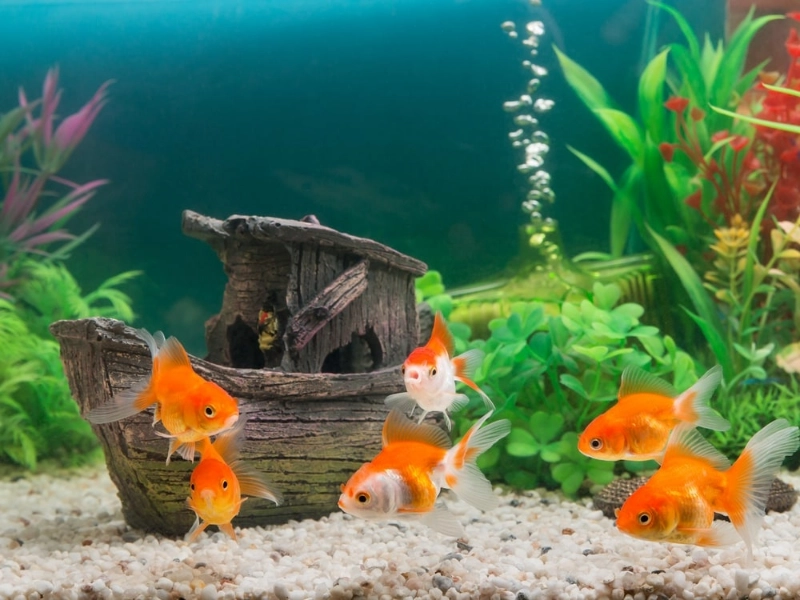
Ammonia, which is produced in aquariums by decaying plant matter and uneaten fish food, is broken down by nitrifying bacteria to produce nitrate. Nitrate aids in plant growth and is safe for goldfish at low concentrations. However, goldfish that are exposed to high nitrates get stressed and lose their immunity.
Rough fins, ulcers, and other potentially deadly diseases can occur in goldfish kept in small tanks or bowls. A reliable aquarium water testing kit must be used to closely monitor the quality of the water. Incorporating live plants into the tank and performing periodic partial water changes are crucial for maintaining appropriate nitrate levels.
Before adding tap water to the tank, it should be treated with an aquarium-safe water conditioner. Goldfish-harming substances like ammonia and chlorine can be eliminated by a quality water treatment system.
Chlorinated water
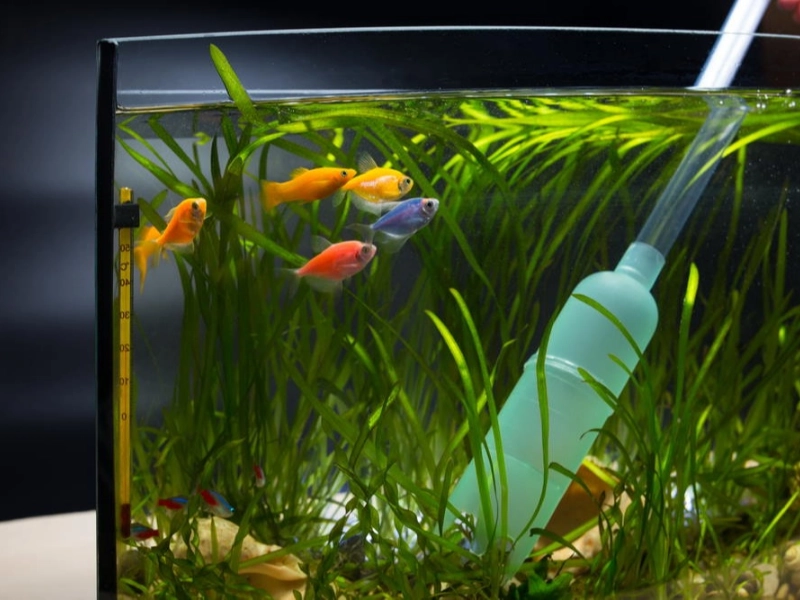
Clear, pure water is ideal for goldfish to flourish in. Frequently replace the tank water and use a test kit to maintain low levels of ammonia and PH in the water. When performing a water change, use a dechlorinator like Seachem Prime. By doing this, the tap water's chlorine and chloramine will be eliminated, protecting the bacterial colony in your fish.
Goldfish are delicate animals. When they are transferred into their aquarium from a transient space, such as a plastic bag or little dish, they become anxious. It can also be dangerous or even fatal to abruptly change the temperature of their water.
Make sure the water in your goldfish's aquarium is the right temperature every time by using a tank thermometer. Fancy goldfish prefer water that is between 68°F and 74°F. The ideal water temperature for other goldfish kinds is a little bit lower.
Advertisement








